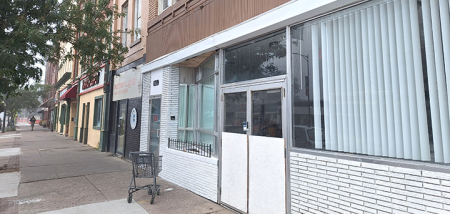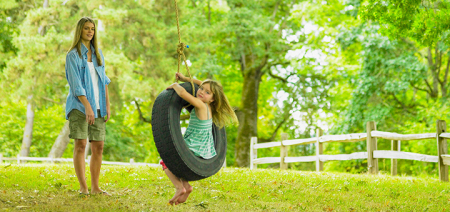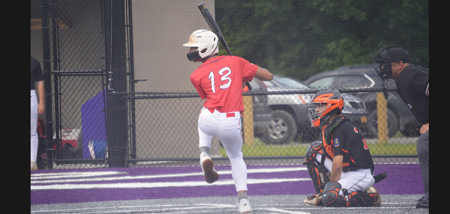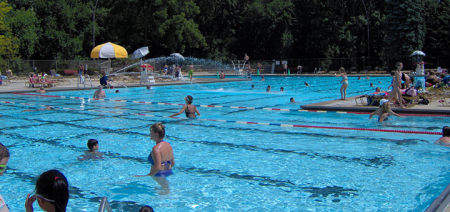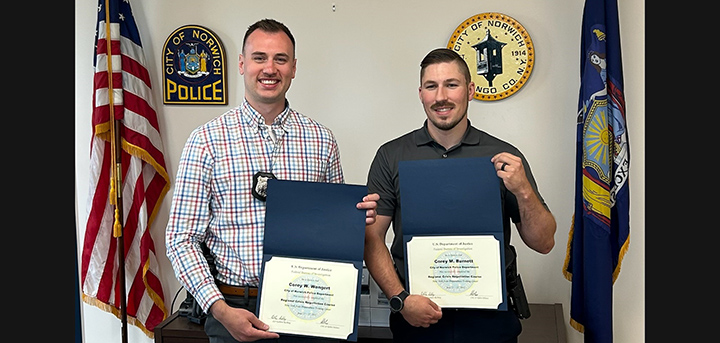NYS Department Of Health Shortens Quarantine And Isolation Times
Published:
January 14th, 2022
By:
Sarah Genter
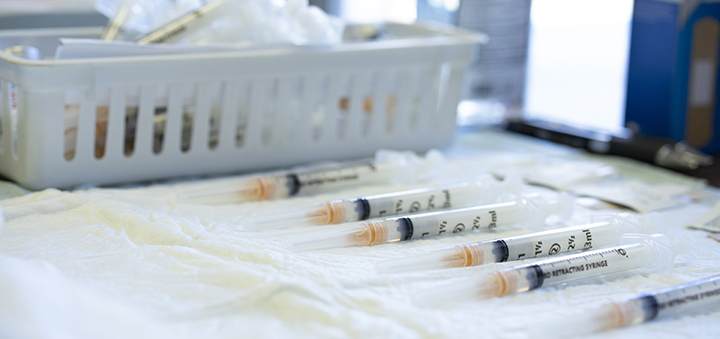 Quarantine and isolation guidelines for New York State were recently adjusted. Guidelines vary depending on vaccination status, booster status and eligibility, as well as whether or not an individual is immunocompromised. (Photo by Zachary Meseck)
Quarantine and isolation guidelines for New York State were recently adjusted. Guidelines vary depending on vaccination status, booster status and eligibility, as well as whether or not an individual is immunocompromised. (Photo by Zachary Meseck)
CHENANGO COUNTY — The New York State Department of Health (NYSDOH) recently released statements outlining the current COVID-19 quarantine and isolation protocols for the general public and those who work at or attend schools, originally set forth by the Center for Disease Control (CDC). The Chenango County Department of Health will also be adhering to these guidelines.
"After careful consideration of the limited evidence available to inform recommendations as well as the practical realities of pandemic response under the current circumstances, NYSDOH is aligning with CDC’s updated isolation and quarantine recommendations," said the NYSDOH.
It is important to note the difference between quarantine and isolation, which have often been used interchangeably throughout the pandemic.
"When you get someone in isolation, we know that they're positive. So we're waiting for them to recover from this. When someone's in quarantine, we know that they've been in contact with someone who is ill, and we're watching to see if they're going to become ill. So that process can last a little longer," explained Chenango County Public Health Director Isaiah Sutton.
"A lot of times what folks do after being exposed, they transition from quarantine to isolation. Because you're in quarantine, you become sick, now you transition to isolation," he added.
Quarantine and isolation guidelines
According to Sutton, and the guidelines set by the CDC, protocols are different between those who are vaccinated and unvaccinated, and those who are immunocompromised.
"Anybody who's fully vaccinated, exposed, and asymptomatic is exempt from quarantine," said Sutton. "Unvaccinated folks who are exposed are being asked to quarantine for five days and monitor their symptoms closely."
In the case of confirmed COVID cases, symptomatic individuals who have tested positive should isolate for five days after the first day of symptoms. Asymptomatic individuals should quarantine for five days after the date they tested positive, according to the NYSDOH.
If the individual is asymptomatic by the end of the five days, or if symptoms are improving, isolation can end and the individual should wear a well-fitting mask when around others for another five days.
Any individuals who are immunocompromised, or those who are unable to wear a well-fitting mask for five days after isolation, should continue to follow the standard isolation guidelines of ten days.
"Those folks would be quarantined for ten days," said Sutton. "If you have an immunocompromised condition, exposure is more threatening because your body's not gonna fight off that dose of virus."
"For folks who can't wear masks," he continued. "If you’re wearing a well-fitting mask and you start to become ill, the mask will prevent most infections to those around you. If you're unable to wear that mask then you're unable to kind of prevent that."
For those who are exposed to the virus, but have not yet been tested, protocols are a little different.
Anyone who is not fully vaccinated, or who is fully vaccinated but has not received a booster, should quarantine for five days, and wear a well-fitting mask while around others for an additional five days after the quarantine period ends.
Those who are fully vaccinated and have received a booster at least two weeks before the date of exposure, or those who are fully vaccinated but not yet eligible for a booster, are not required to quarantine. However, well-fitting masks should be worn around others for at least ten days after the date of exposure.
If possible, the CDC also recommends exposed individuals receive a nucleic acid amplification test, or PCR test, or an antigen test. If an exposed individual begins showing symptoms of COVID-19, quarantine should begin immediately and the individual should receive a test as soon as possible.
A statement released by the NYSDOH states that "in this situation, quarantine would end when the test is negative. If testing is not done, isolate according to the guidance above."
School Guidelines
On January 10, 2022, the Acting Commissioner of Health for New York State, Mary Bassett, distributed information on COVID-19 guidelines for New York State schools.
Masking and social distancing are still required in school settings. Like the general population, guidelines differ between those who are vaccinated and unvaccinated.
"What we're asking is, unvaccinated folks who are exposed are still asked to quarantine and be excluded from community settings like school," said Sutton. "Fully vaccinated people are exempt from quarantine, but asked to closely monitor their symptoms, just to make sure that we're not putting anyone else at risk."
He added that while those who are fully vaccinated do not have to quarantine, it is still recommended that they wear a mask and social distance.
"If you're fully vaccinated, we ask those folks to strictly follow best practices like masking and social distancing to minimize risk," said Sutton. "That's probably more true now than it was, because we are seeing more breakthrough cases than we were six months ago."
According to the guidelines distributed by Bassett, extracurricular and after school activities are prohibited for those aged 12 and up who are eligible for a booster but have not yet received one, and have been exposed to COVID-19.
Additionally, while children aged five to 11 are not eligible for boosters, if they are fully vaccinated they have no further restrictions.
The guidelines also state that unvaccinated students, teachers, and other school staff who are exposed to COVID-19 are required to isolate for a minimum of five days from the date of exposure.
Anyone within the school system who tests positive for COVID-19 will be required to isolate for a minimum of five days, regardless of vaccination status. If symptoms continue after five days, isolation will be extended. If symptoms resolve, individuals may return to school after the five day isolation period.
More information on COVID-19 guidelines for Chenango County can be found on the Chenango County Health Department website, co.chenango.ny.us/public-health/.
Author: Sarah Genter - More From This Author
Comments
